Table of Contents
- Why puppies and kids can be a great team
- Benefits for kids growing up with a dog
- Common challenges
- First meeting: low-stress introductions
- Golden rules for kids
- Puppy training in family life
- Bonding activities & fun
- Mistakes parents should avoid
- Safety: safe spaces, supervision & routines
- Mini-FAQ for families
- Conclusion
Why puppies and kids can be a great team
A dog can be a child’s best friend, listener, and adventure buddy. At the same time, a puppy challenges the whole family: they need training, clear rules, and plenty of patience. When the balance is right, everyone wins—kids build confidence and empathy, and the dog experiences safety and consistency. The foundation is a structured daily routine with respectful interactions and age-appropriate responsibilities.
Benefits for kids growing up with a dog
- Responsibility: Small tasks (refilling water, handing over the brush) build accountability.
- Empathy & communication: Kids learn to read canine body language and needs.
- Social skills: Patience, consideration, and teamwork are practiced.
- Health & movement: Daily walks mean fresh air and activity.
- Emotional support: Dogs provide closeness, comfort, and a sense of security.

Common challenges
Where there are opportunities, there are pitfalls: puppies are curious, wiggly, and test boundaries. Nipping, jumping, or guarding toys can scare children. Conversely, kids often pester the dog during rest periods. Inconsistent rules—allowed today, forbidden tomorrow—confuse everyone. The fix: clear responsibilities, short training sessions, and steady routines.
First meeting: low-stress introductions
- Set the scene: Bring the puppy in rested and after a short potty break.
- Stay calm: Have the child sit on the floor with hands by their sides. Let the puppy approach on their own.
- Pet properly: Gentle strokes on chest or shoulder; no hugging or restraining.
- Keep it short: After 1–2 minutes, take a break and guide the puppy to their bed.
This builds trust instead of overwhelm—the best basis for a long friendship.
Golden rules for kids
- Never disturb the dog while sleeping or eating.
- No pulling ears, fur, or tail—use gentle hands.
- Quiet voice and calm movements, especially indoors.
- Toys belong to the dog, not the child—adults manage swaps and games.
- If the dog walks away, respect it. Retreat is always allowed.
Puppy training in family life
Consistency and positive reinforcement are key. Set house rules together (e.g., no bed, quiet times, feeding spot). Use the same words and hand signals so your puppy doesn’t learn “dialects.”
- Core cues: “Sit,” “Down,” “Stay,” “Leave it” and a reliable “Here/Recall” — practice in 2–3-minute sessions.
- Bite inhibition: If play turns rough, pause briefly and offer a chew alternative.
- Calm-mat training: Build positive association with bed/mat: lie down → reward → gradually increase duration.
- Include kids: Age-appropriate tasks like handing treats or giving simple cues—always supervised.
Bonding activities & fun
- Sniff games: Hide small treats in one room for a joint search.
- Light trick training: Paw, spin, touch targets—builds focus and connection.
- Mini walks: Child holds the leash with both hands; an adult adds a backup leash for safety.
- Calming chews: Lick mats or safe chew items after short play to help wind down.

Mistakes parents should avoid
- Unsupervised time between small children and a puppy.
- Too much excitement without rest—overtired pups get the zoomies and nip.
- Inconsistency: Allowed one day, banned the next—rules lose meaning.
- Punishment instead of guidance: Reward-based training builds trust and willingness to learn.
Safety: safe spaces, supervision & routines
Every dog needs a defined safe space (bed or crate). That area is off-limits for kids. Establish predictable daily rhythms: short play and training windows followed by rest. Actively supervise all child–dog interactions—especially during feeding, when guests are present, or when your child’s friends visit. Outdoors: use double security near roads, a long-line in open areas, and start recall training early.
Practical safety helpers: Beyond supervision and clear rules, the right gear adds everyday safety. A well-fitting dog collar and a sturdy leash give you reliable control—on city sidewalks, near traffic, or during play in the park. That way kids, dog, and parents feel equally secure.
Mini-FAQ for families
At what age can kids help?
From about 4–5 years: micro-tasks like handing treats. From 8–10 years: simple exercises under supervision.
What about jealousy?
Share attention fairly, create rituals (e.g., short one-on-one time for dog and child), and reward calm alternative behaviors.
Nipping during play?
Pause the game briefly, offer a chew alternative, reward calm behavior. Repeat consistently—this teaches bite inhibition.
Conclusion
Puppies and kids can be a wonderful team—with clear rules, steady supervision, and kind, consistent training. Parents set the framework, kids learn respect and responsibility, and the dog gains safety and guidance. With time, that lively beginning becomes a harmonious family life where everyone thrives.


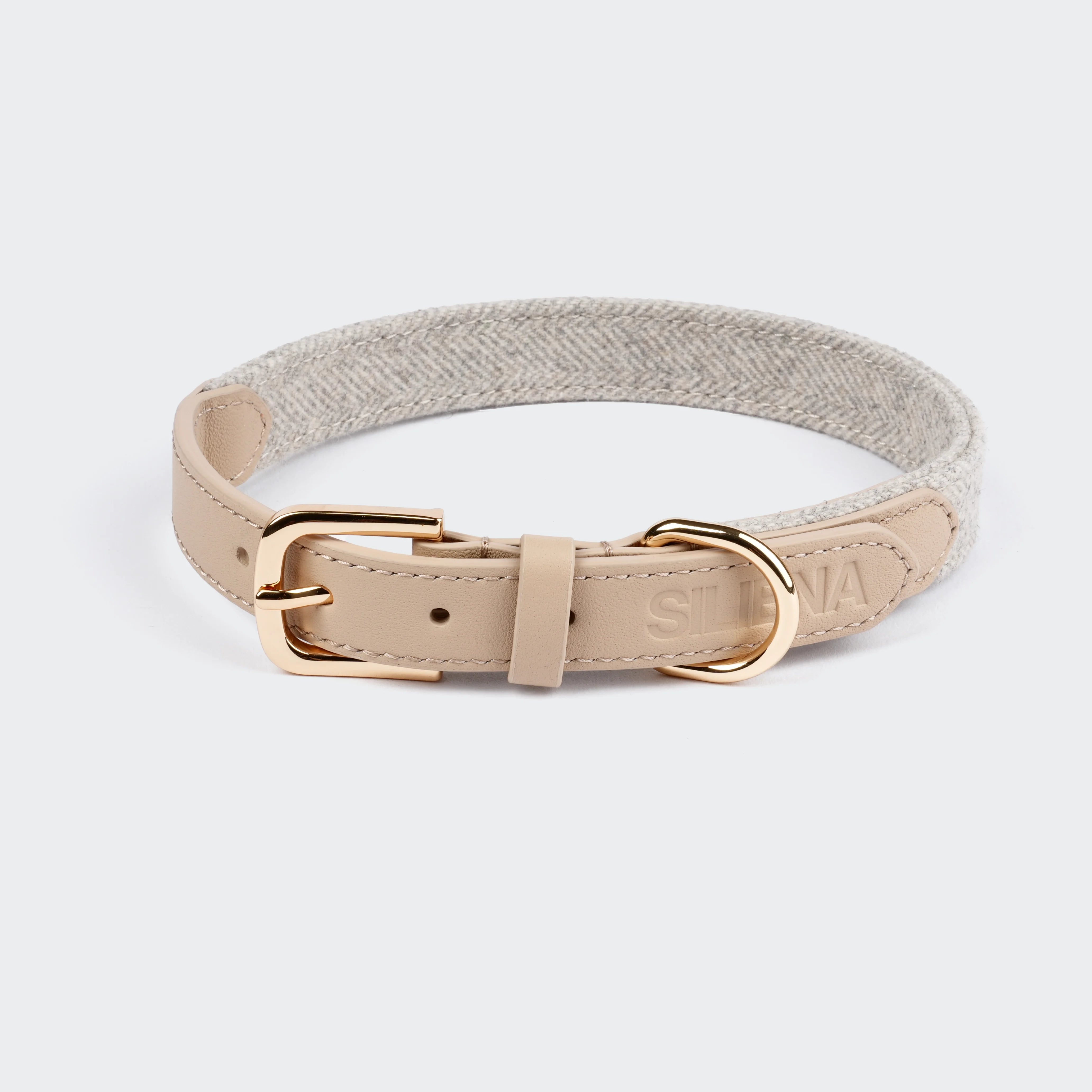
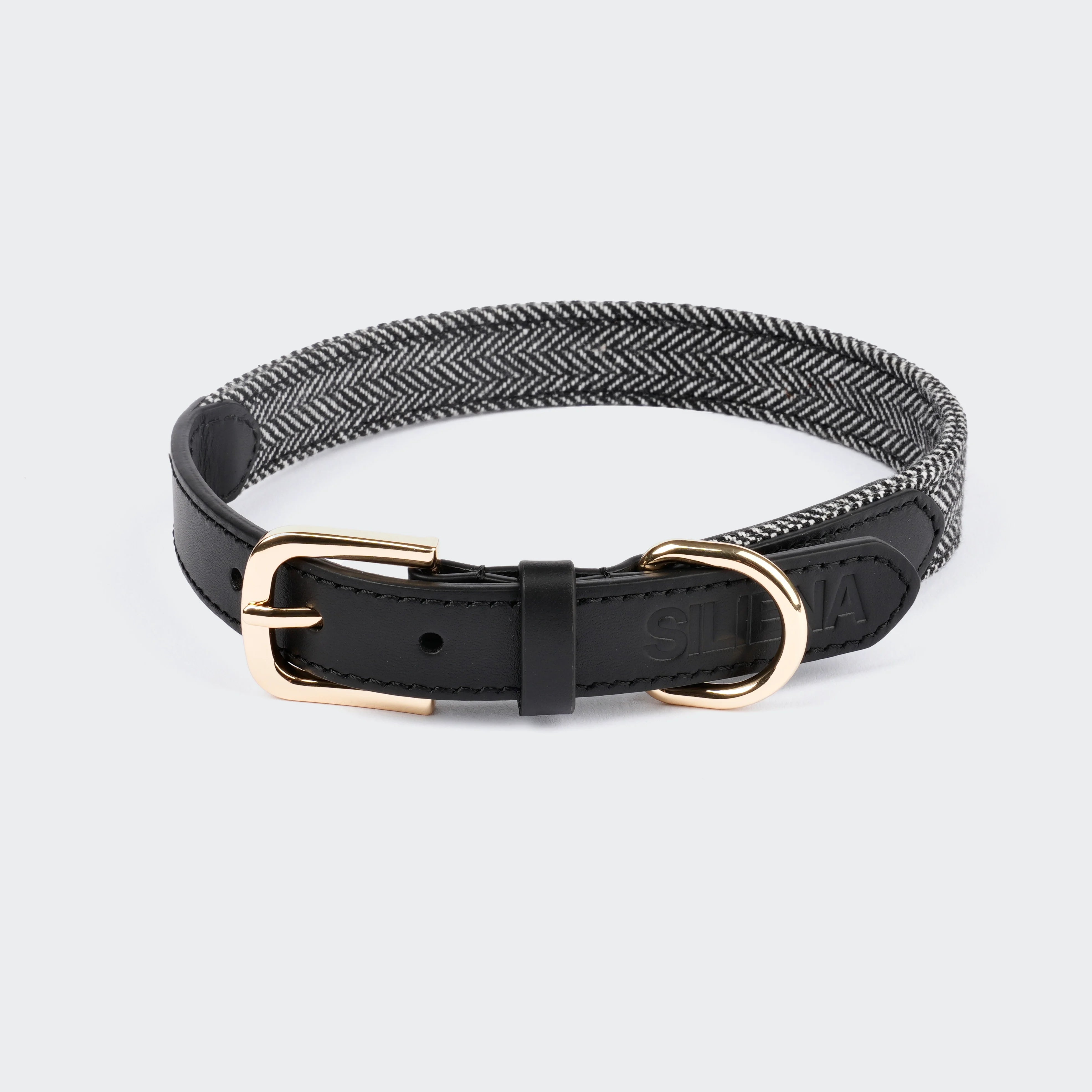
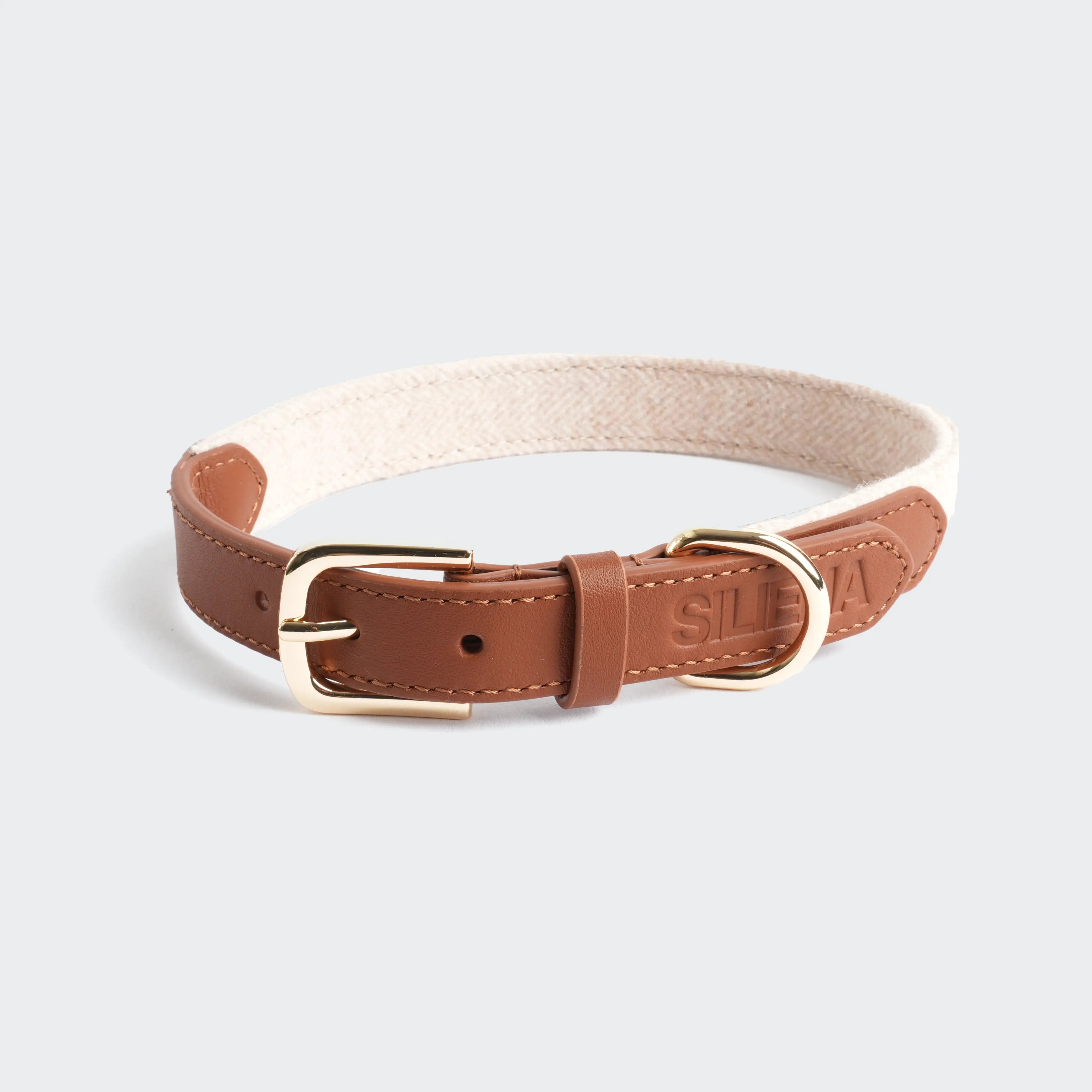
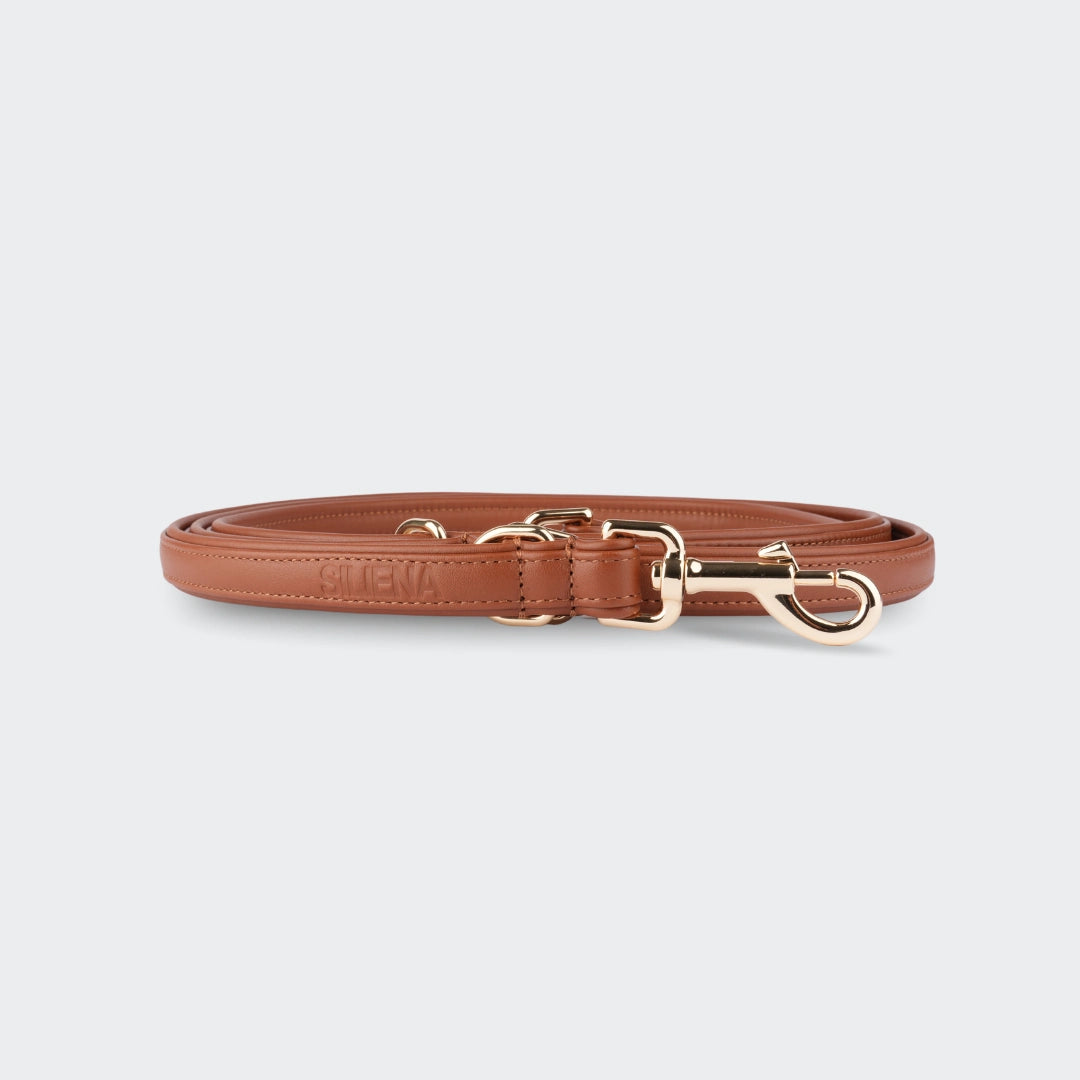
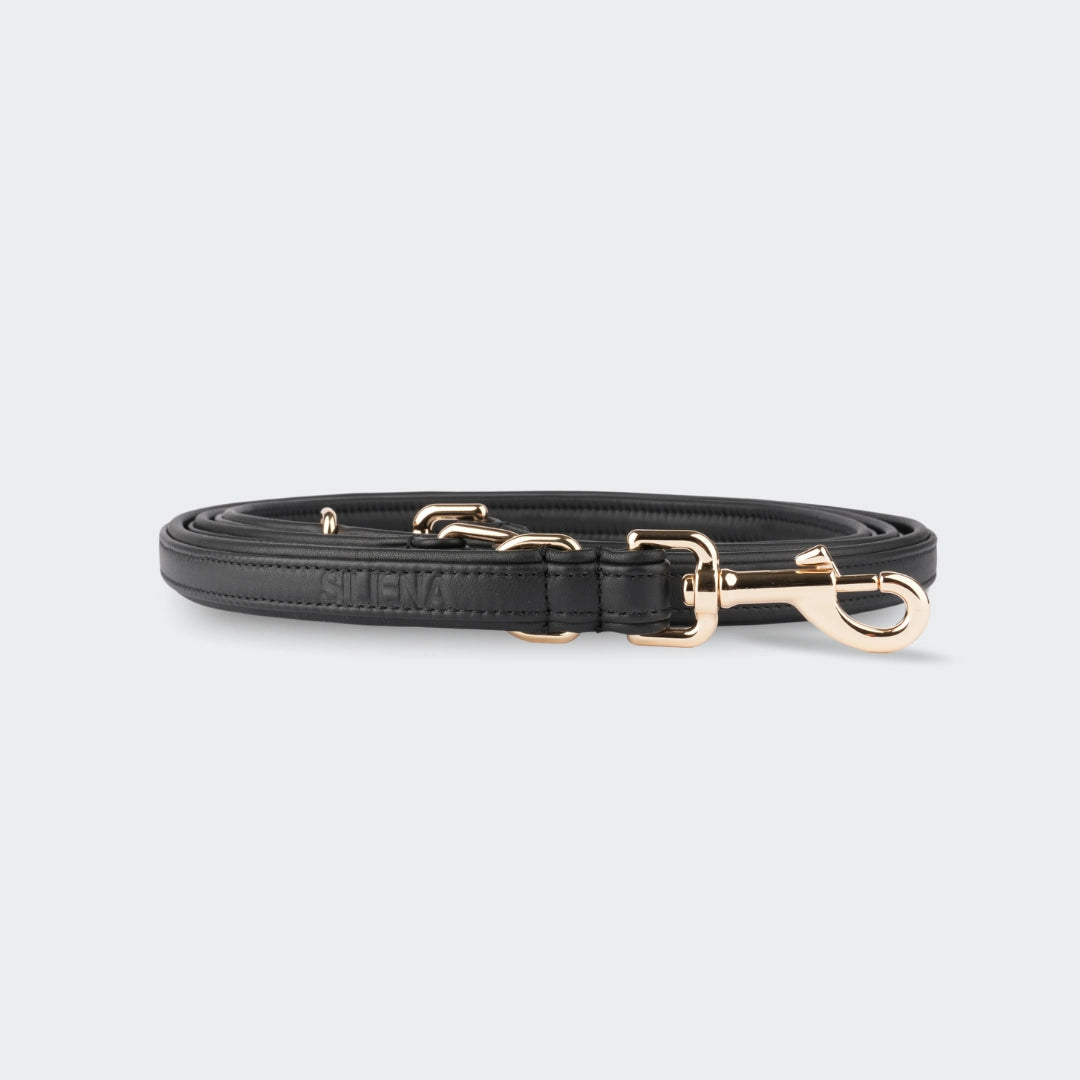
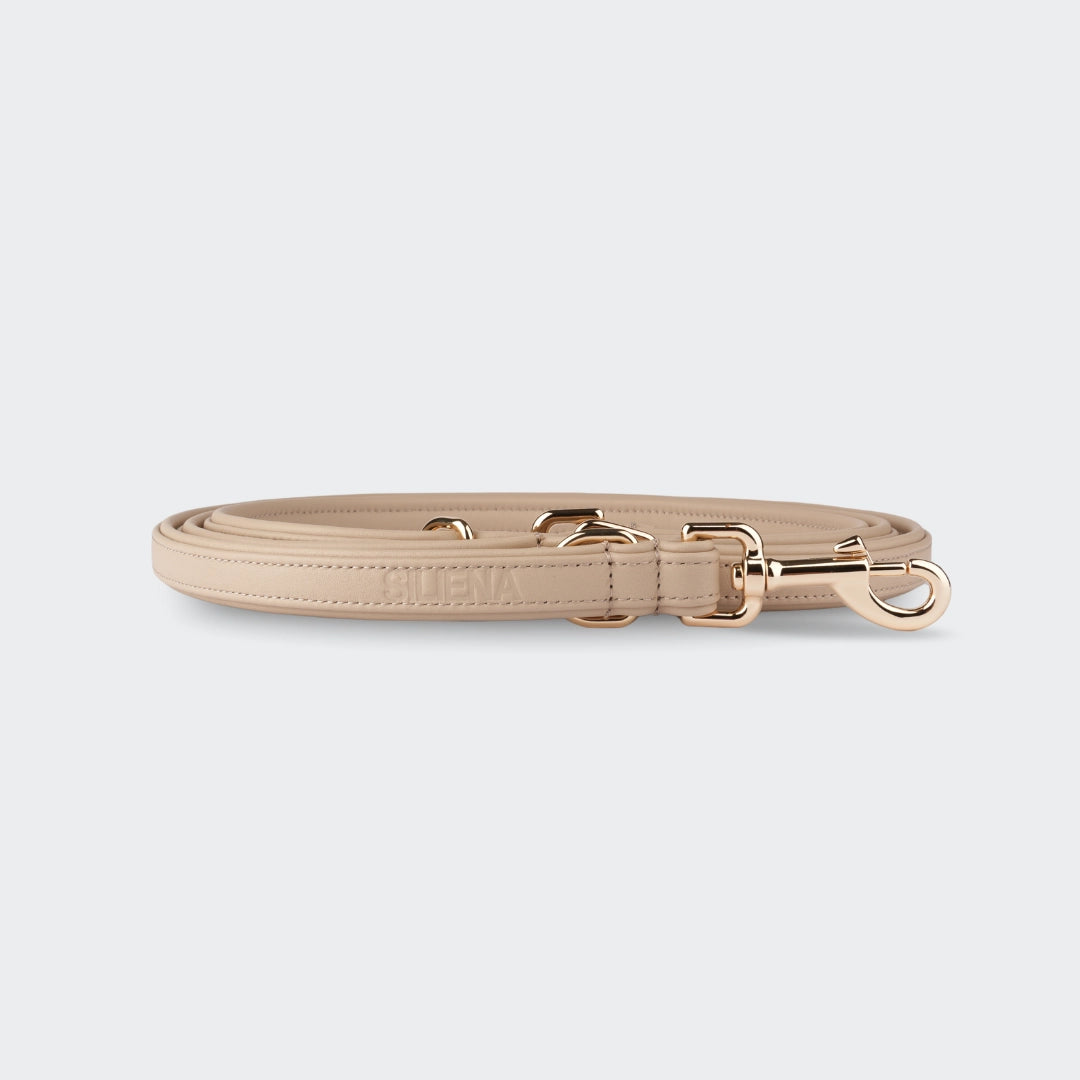
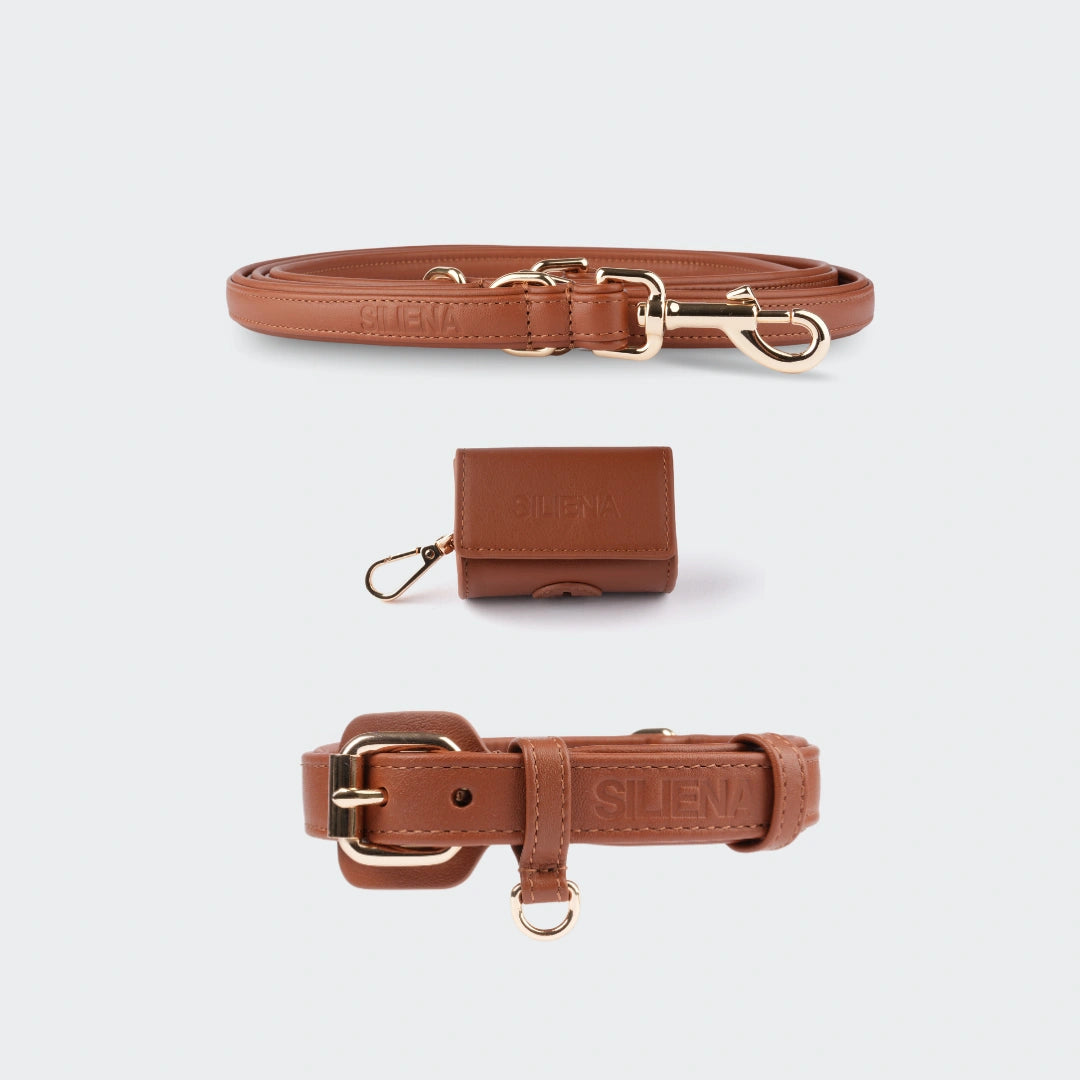
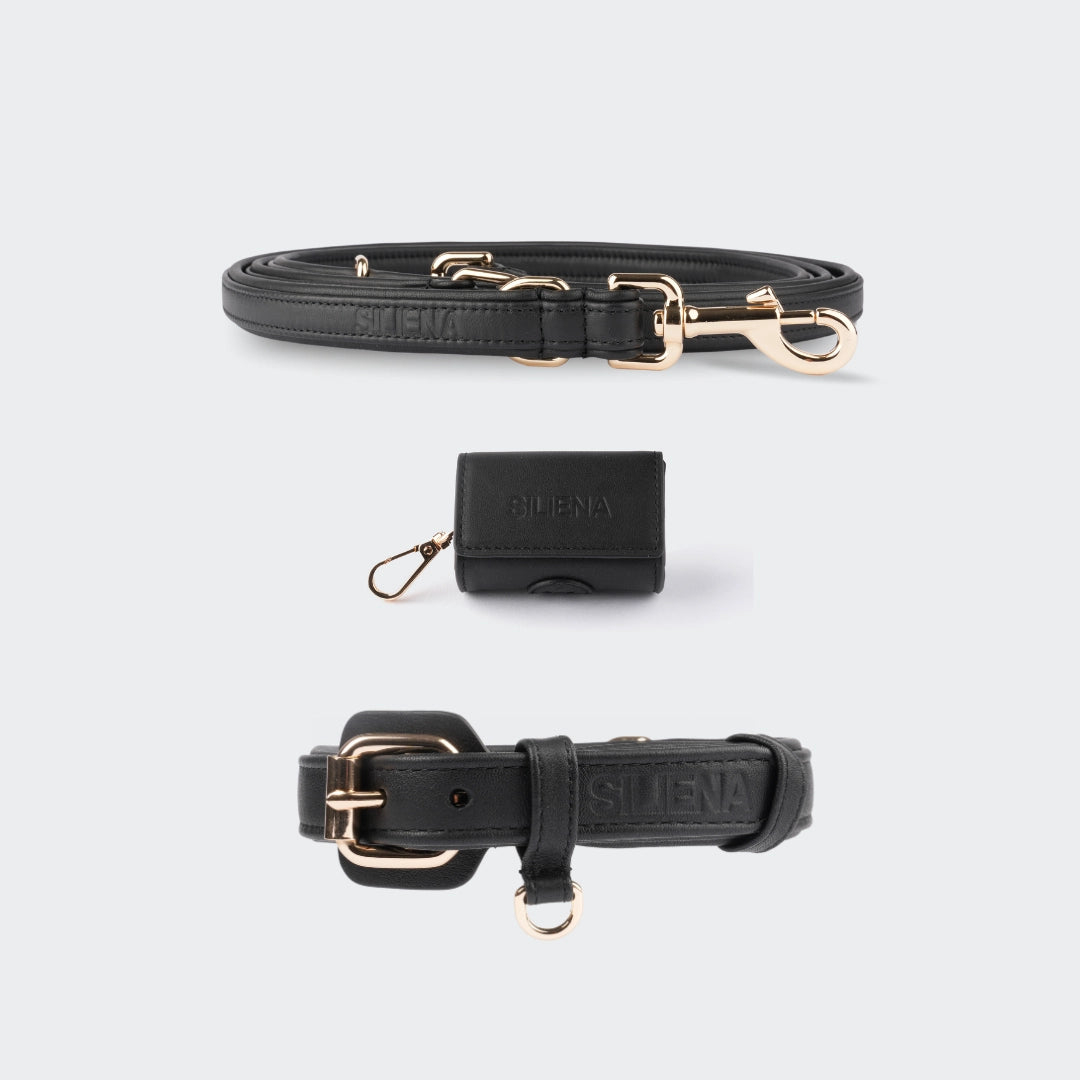
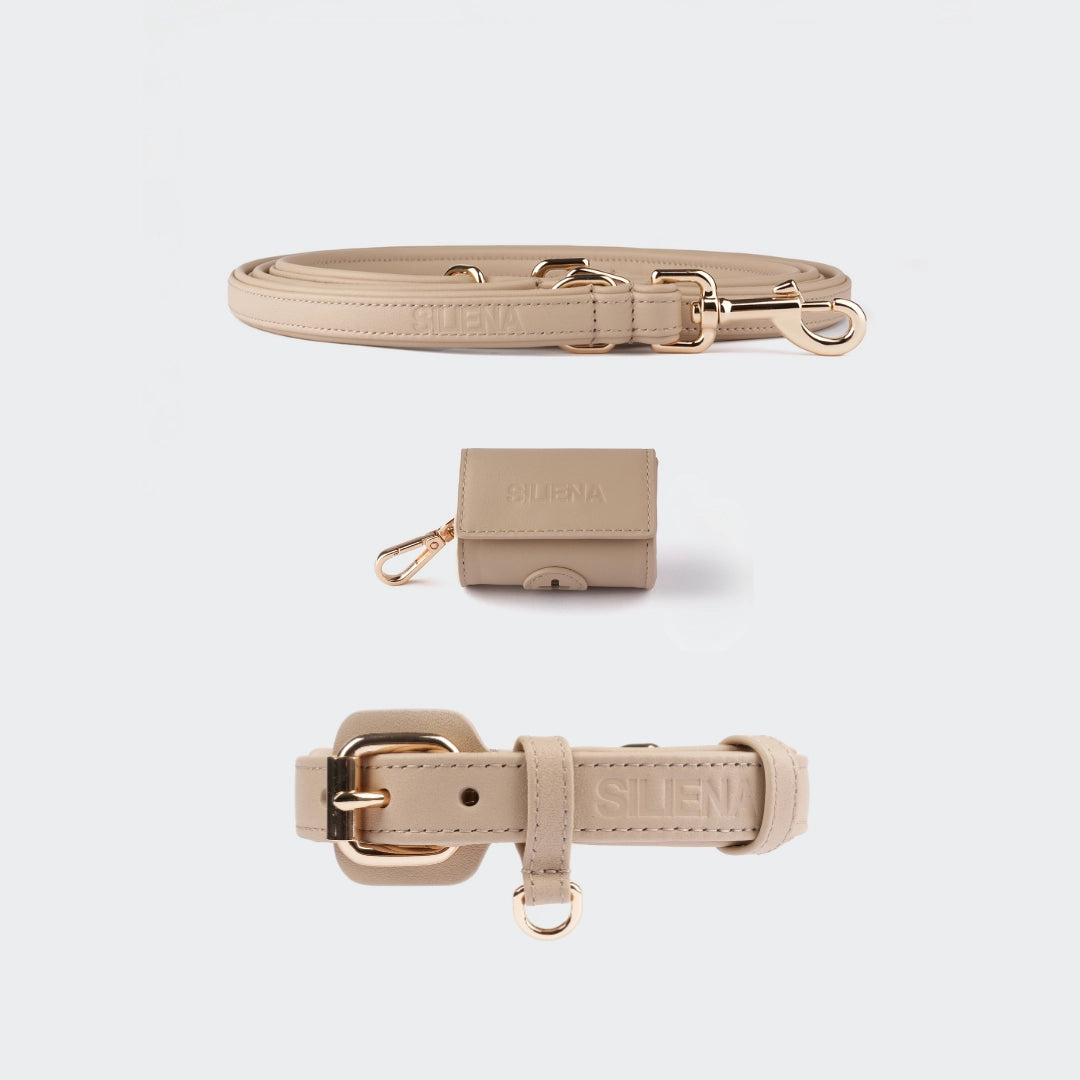
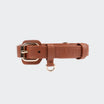
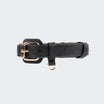

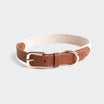
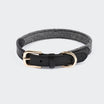
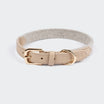

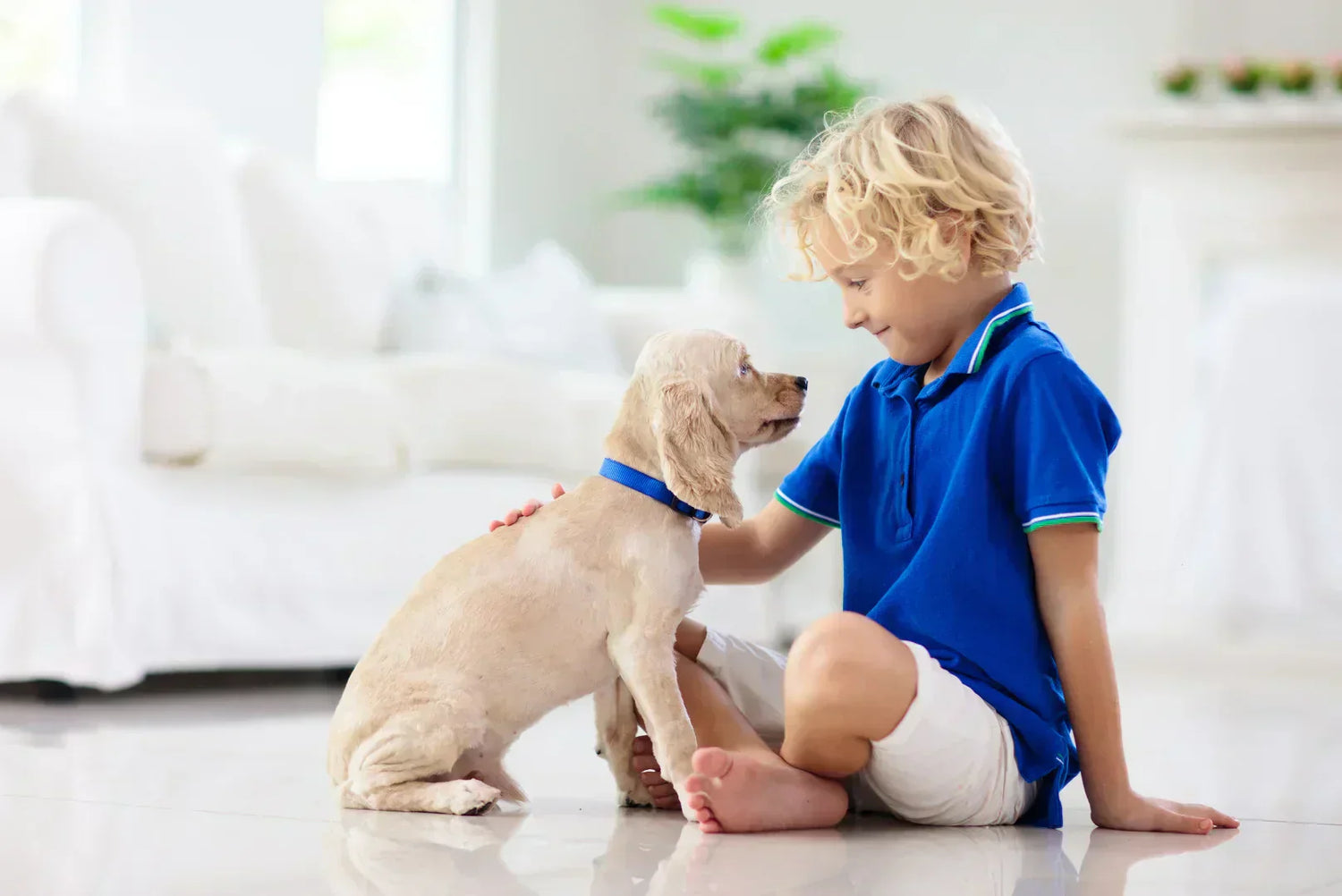
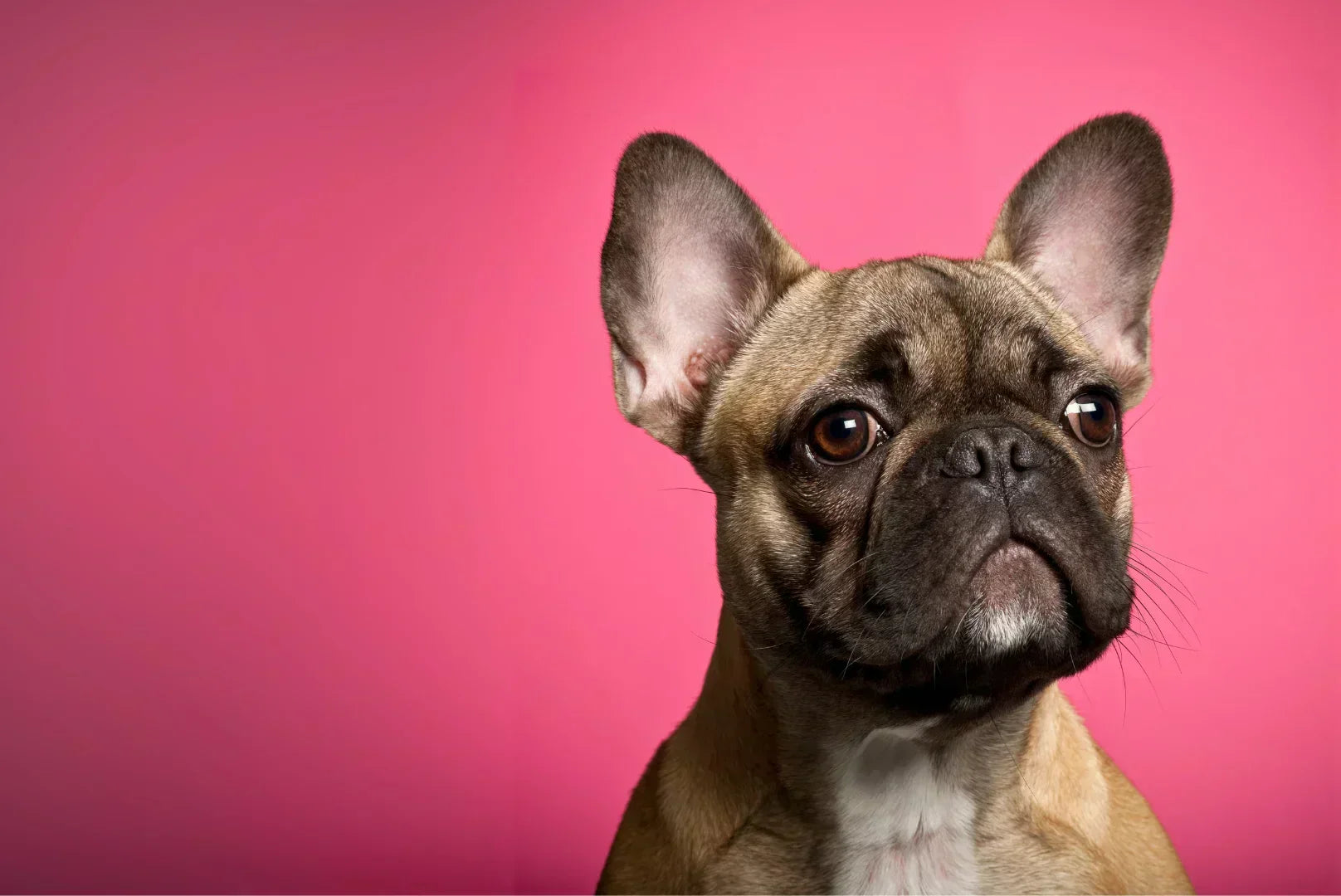
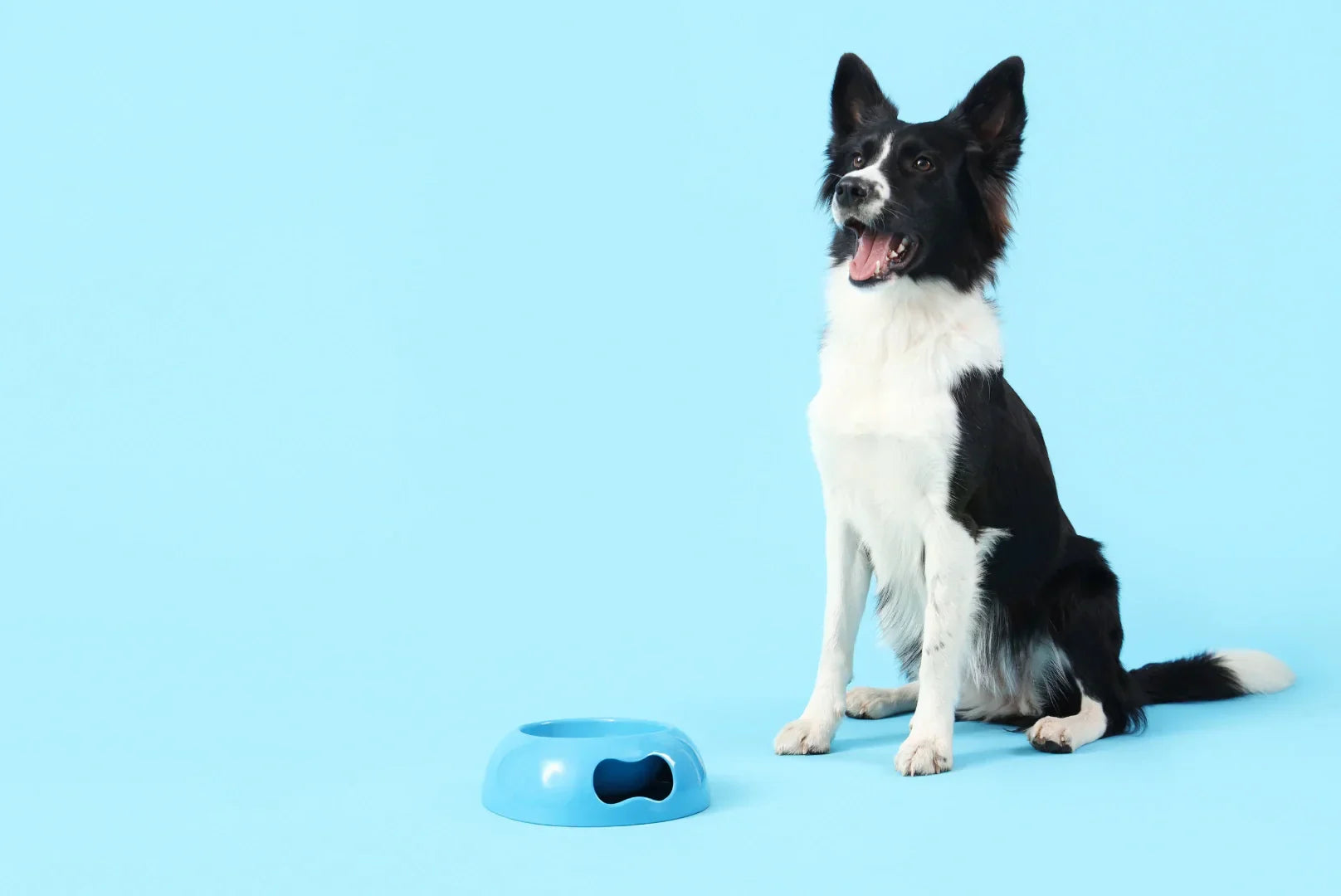


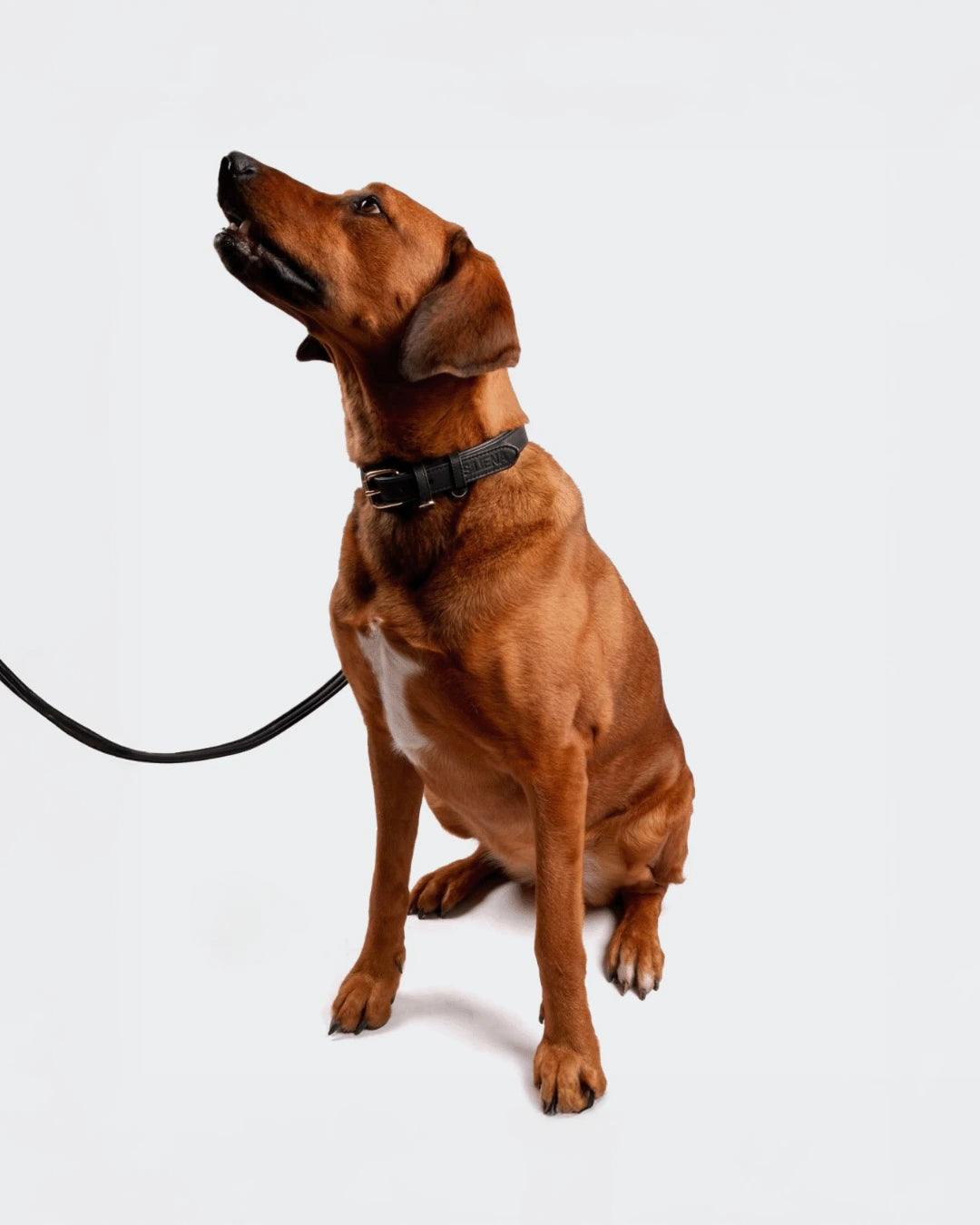
Leave a comment
This site is protected by hCaptcha and the hCaptcha Privacy Policy and Terms of Service apply.